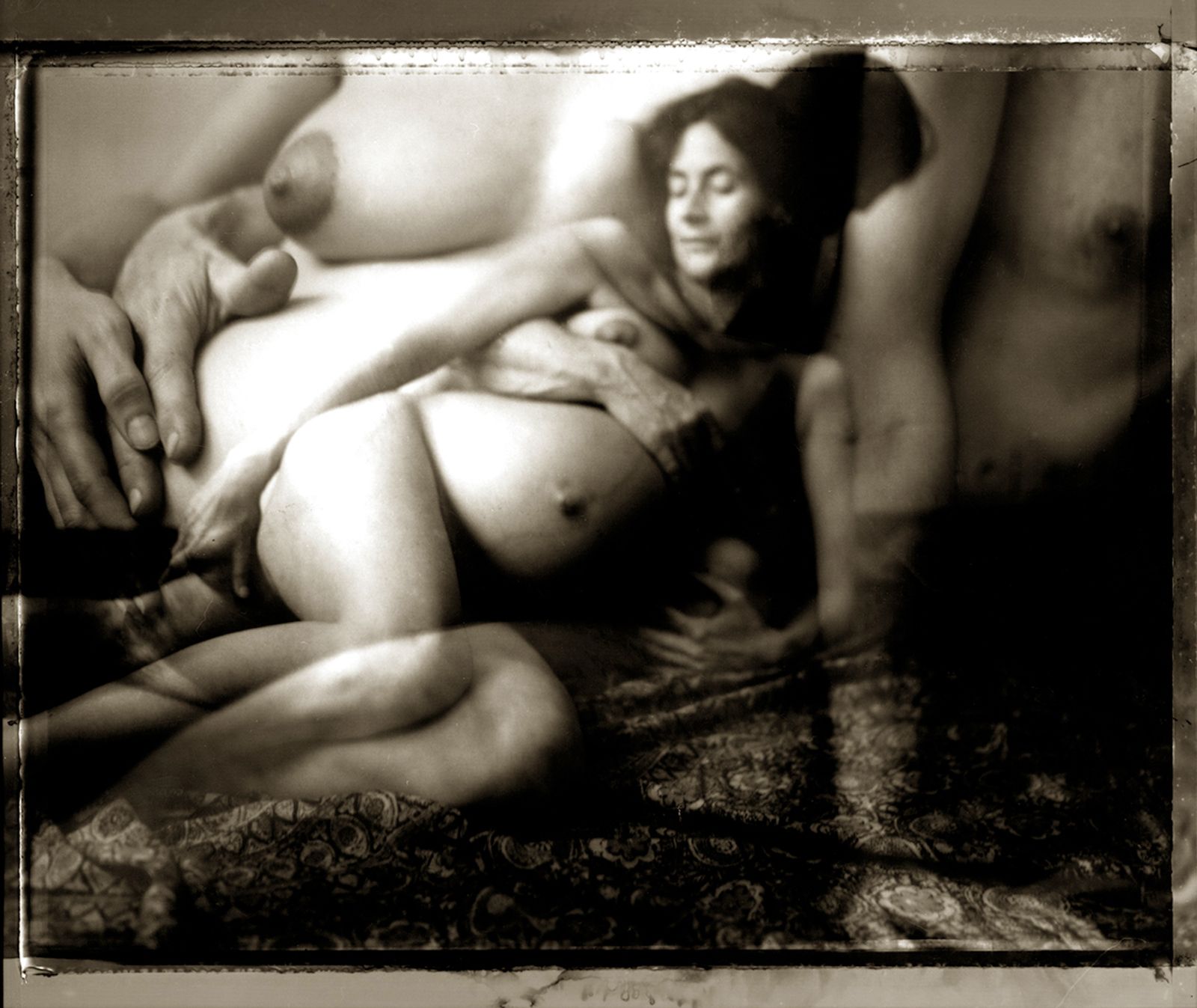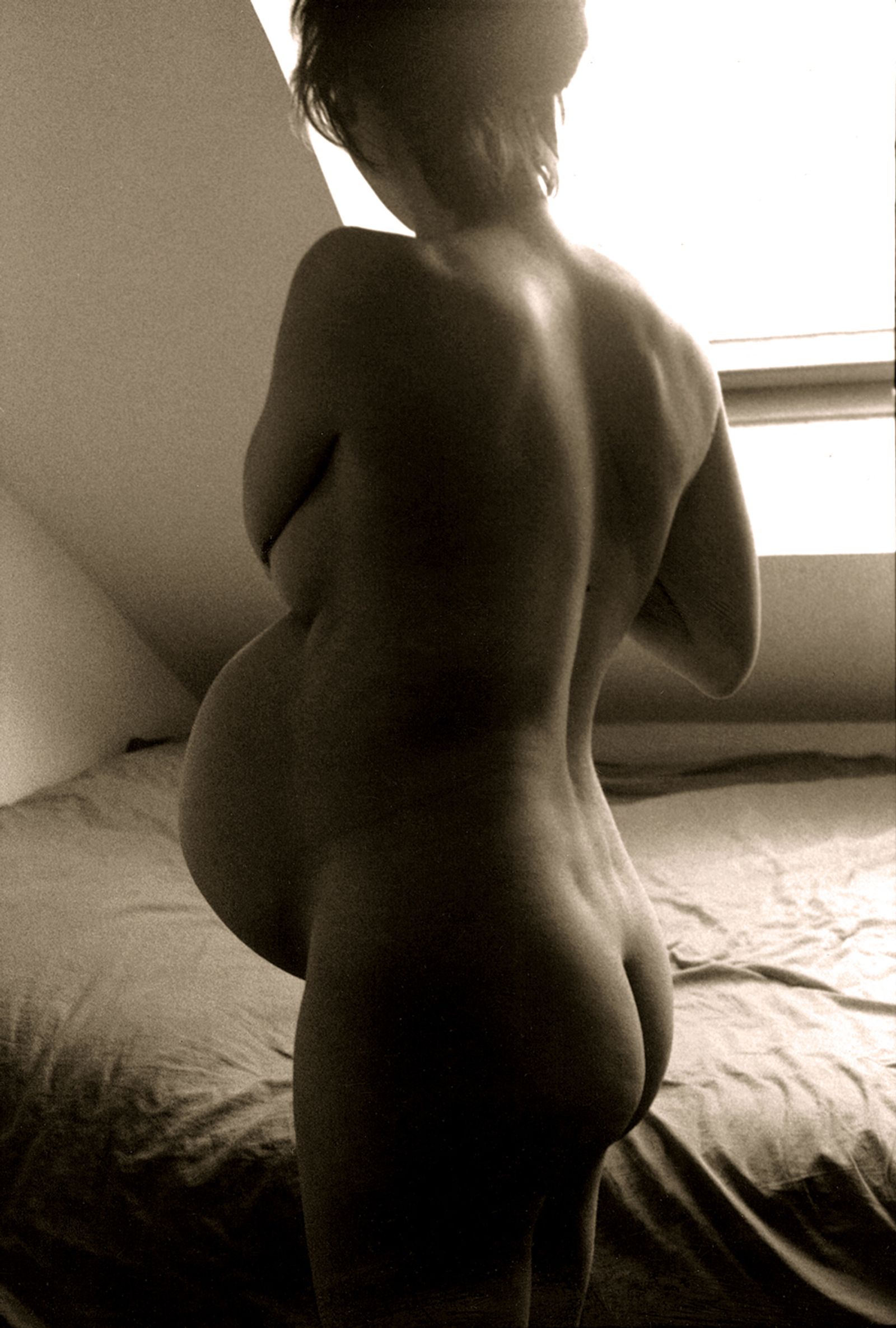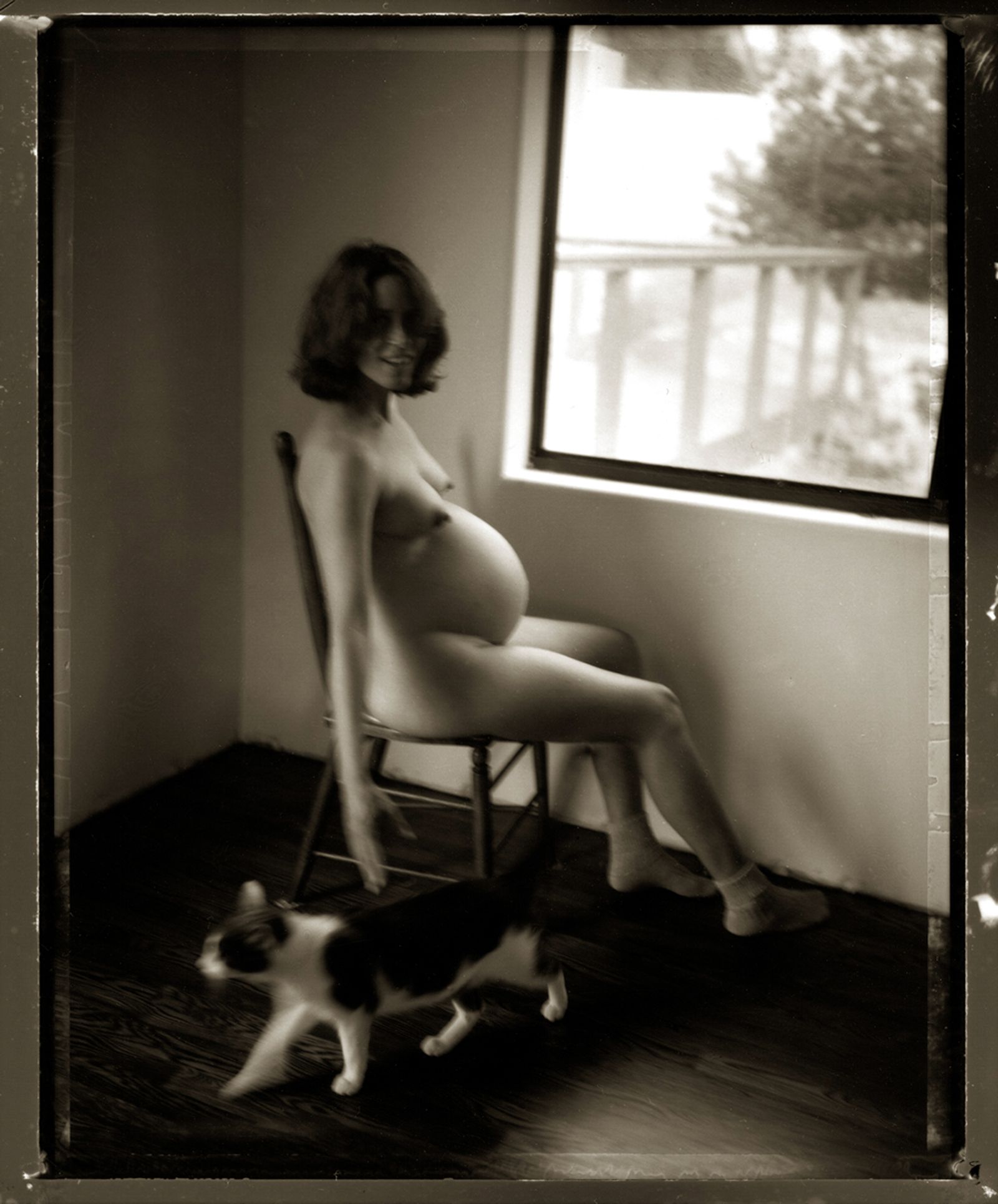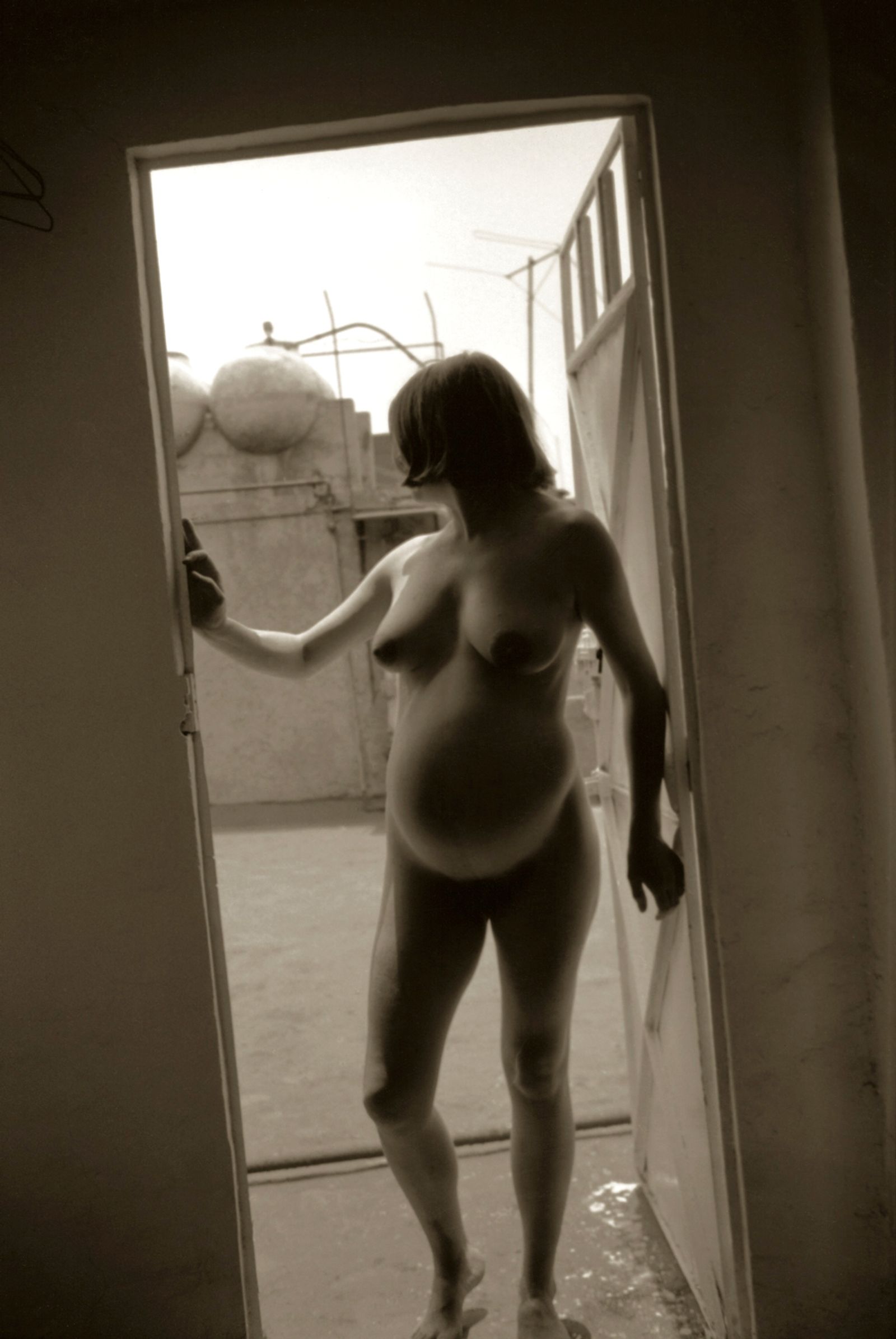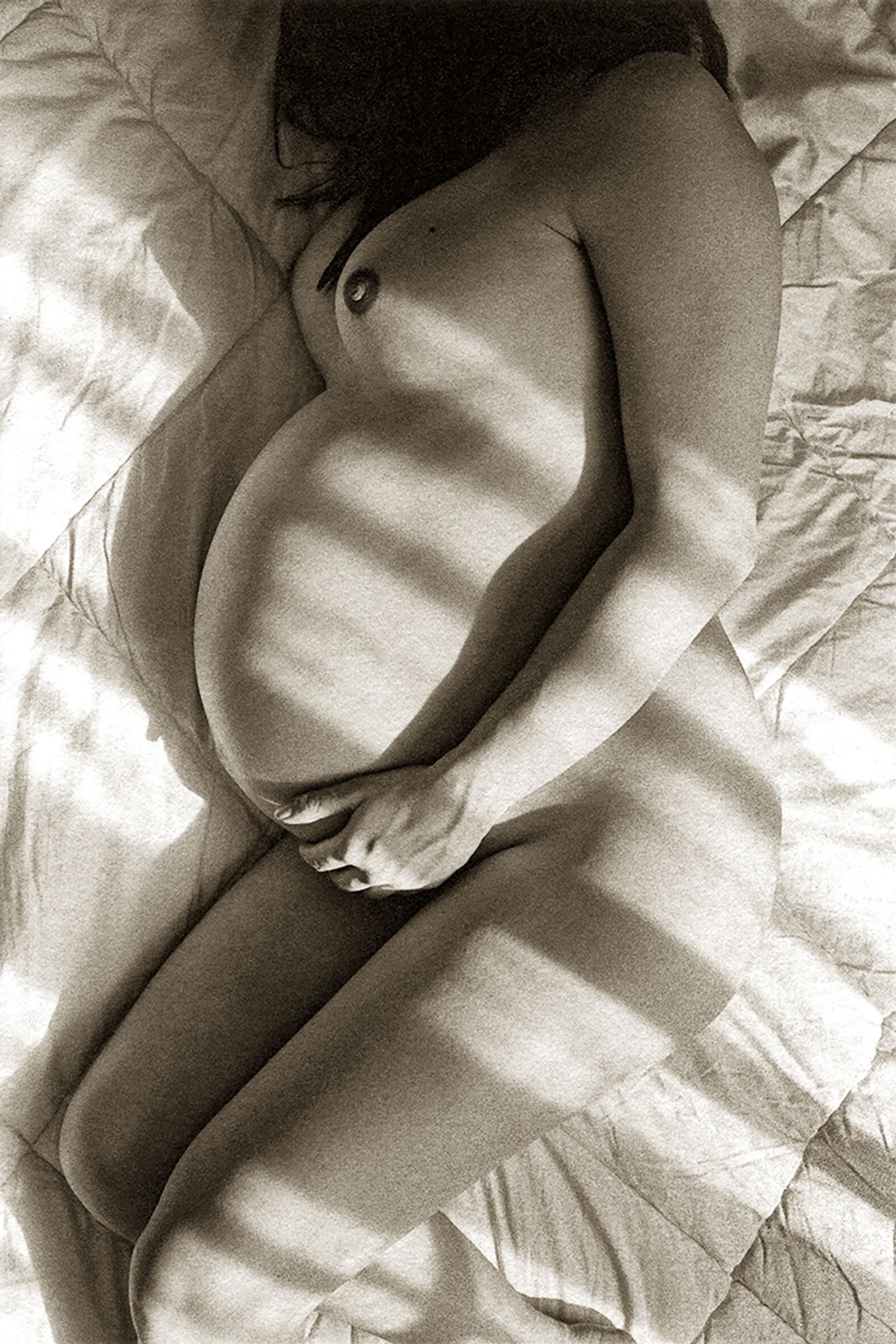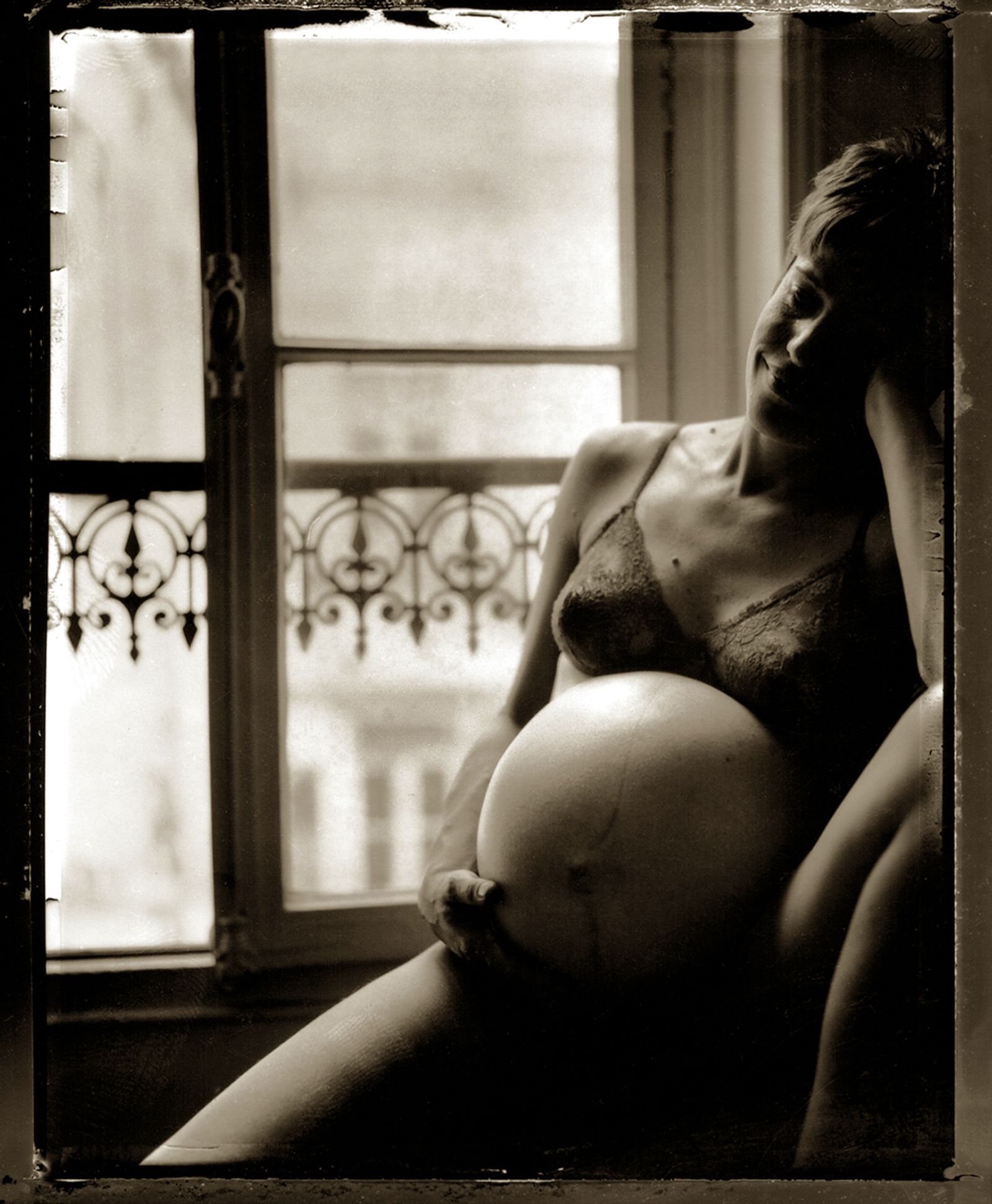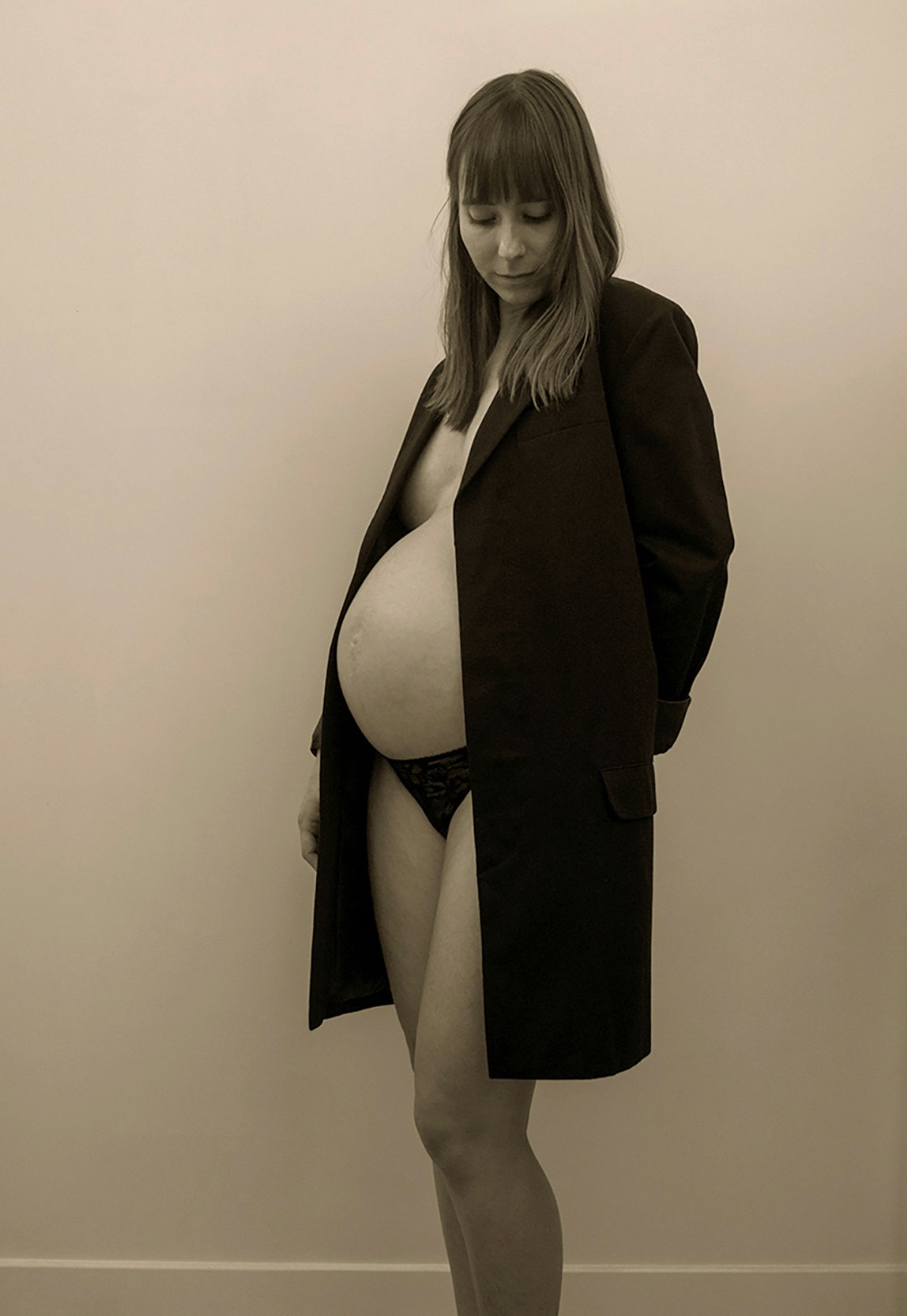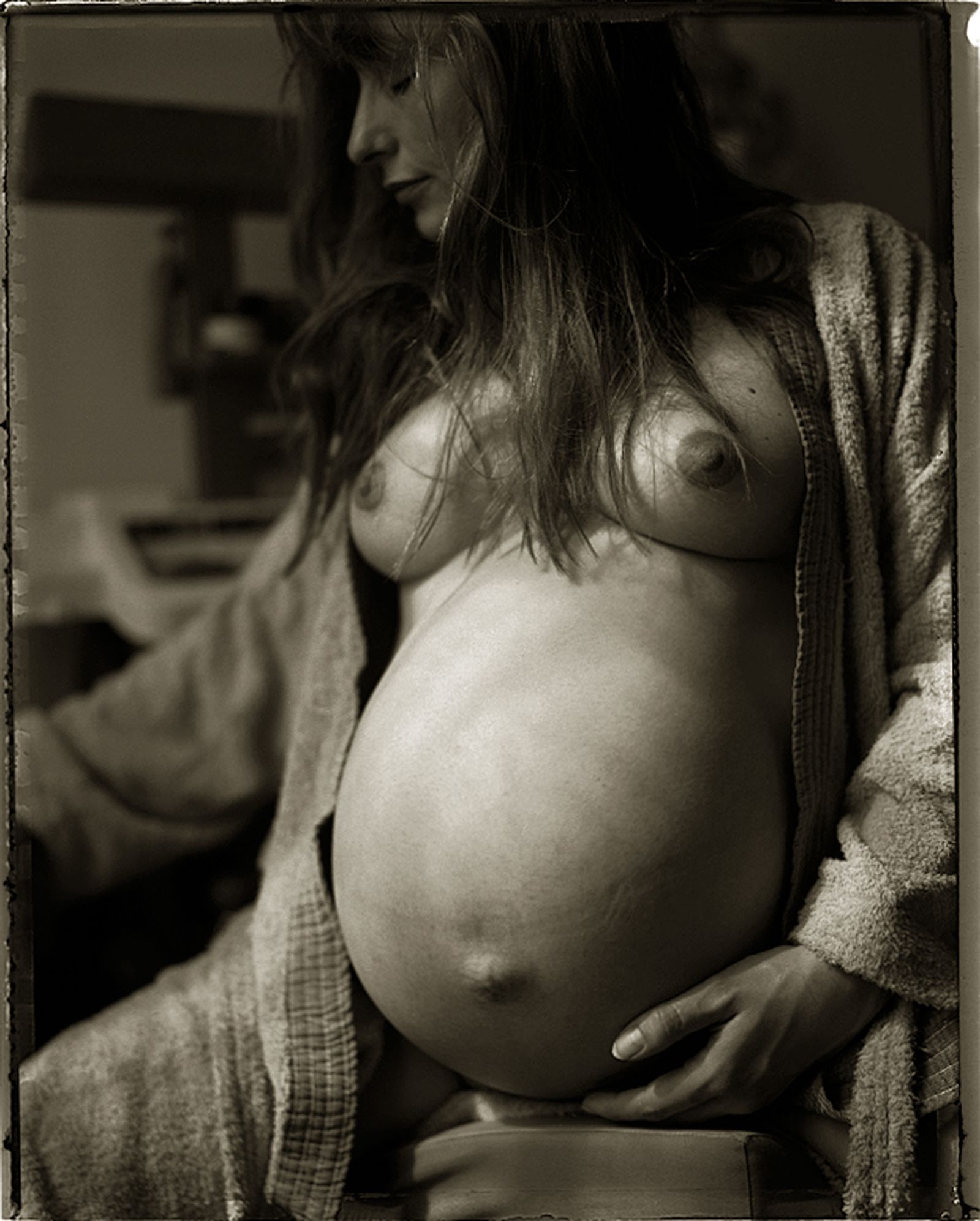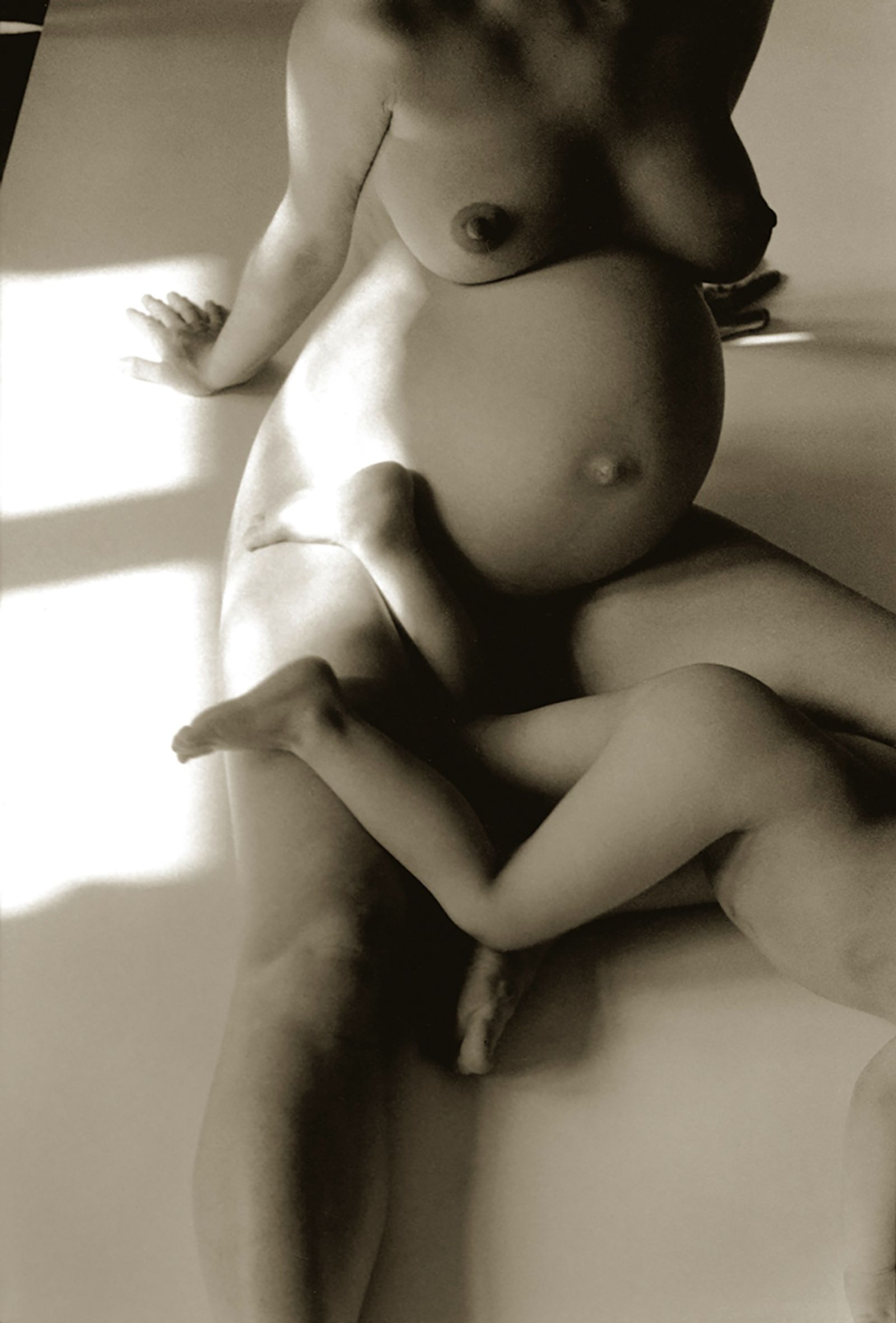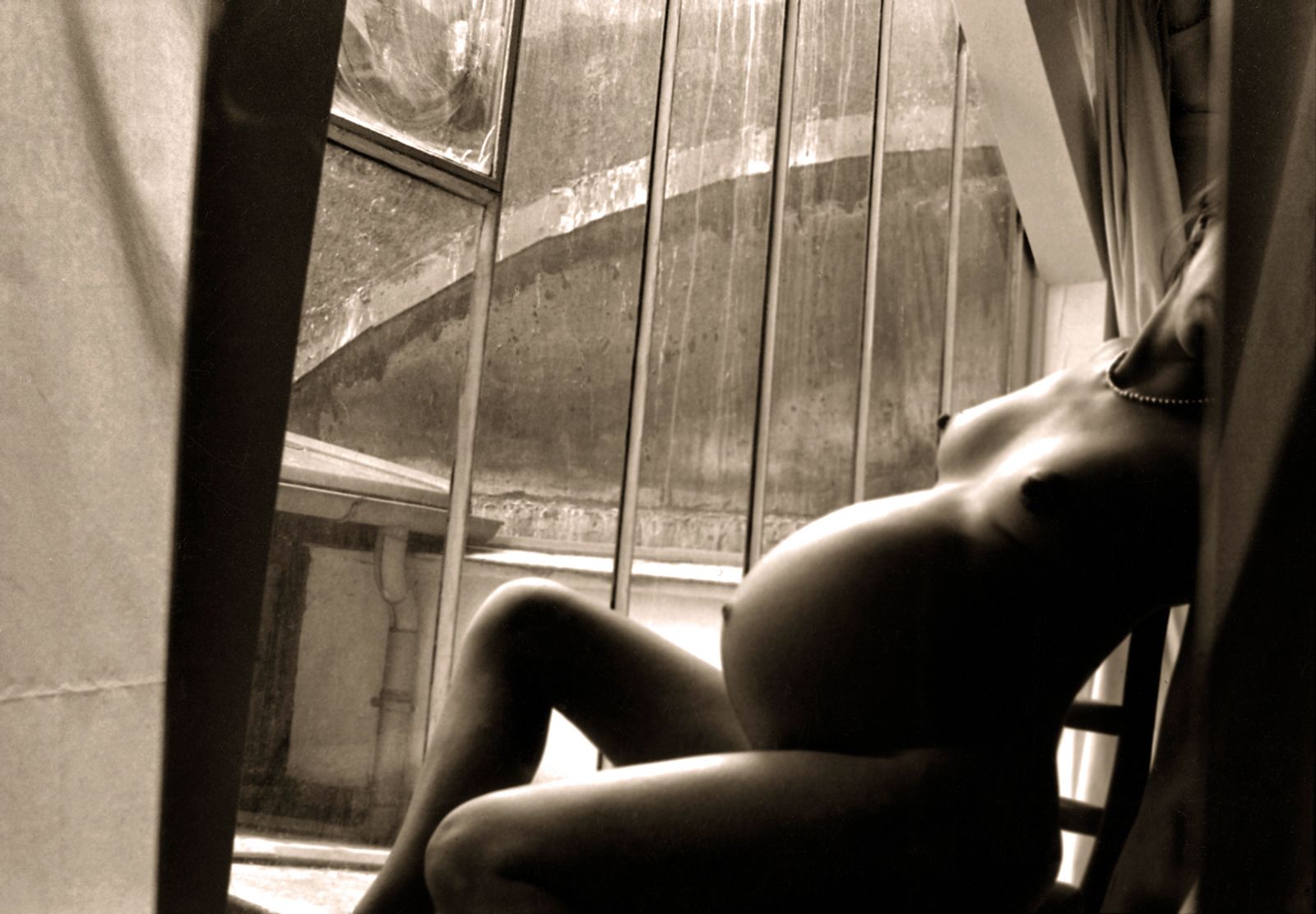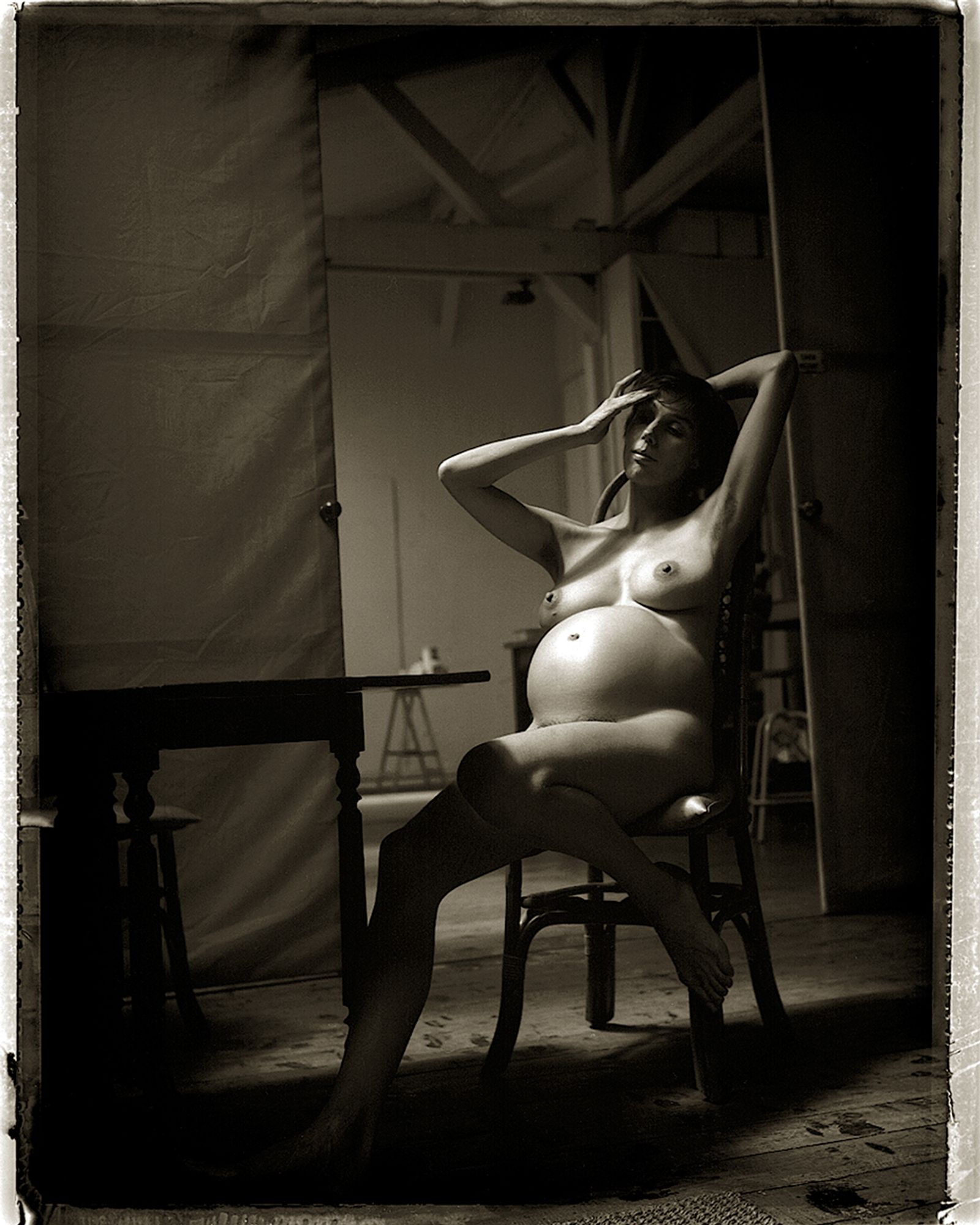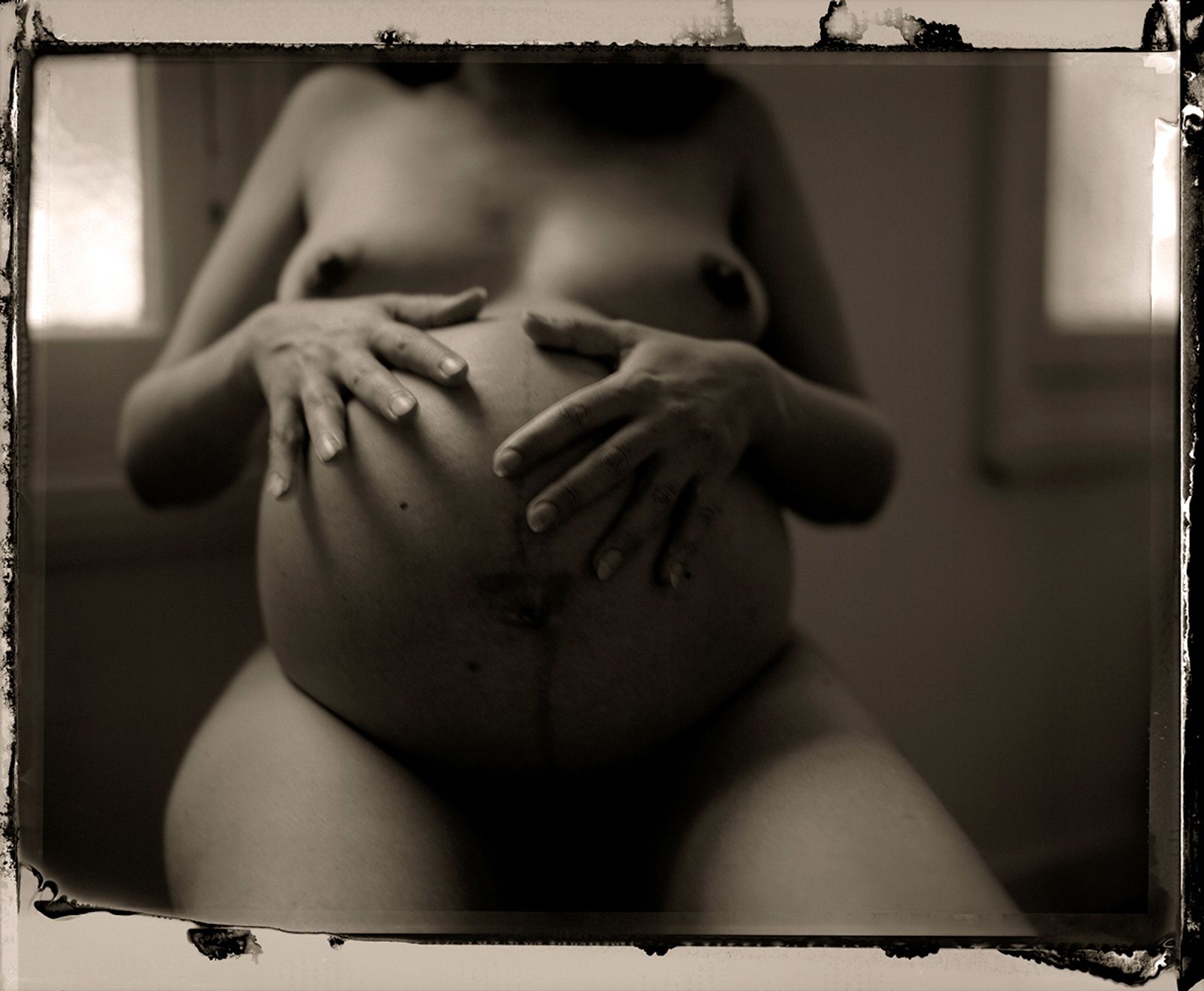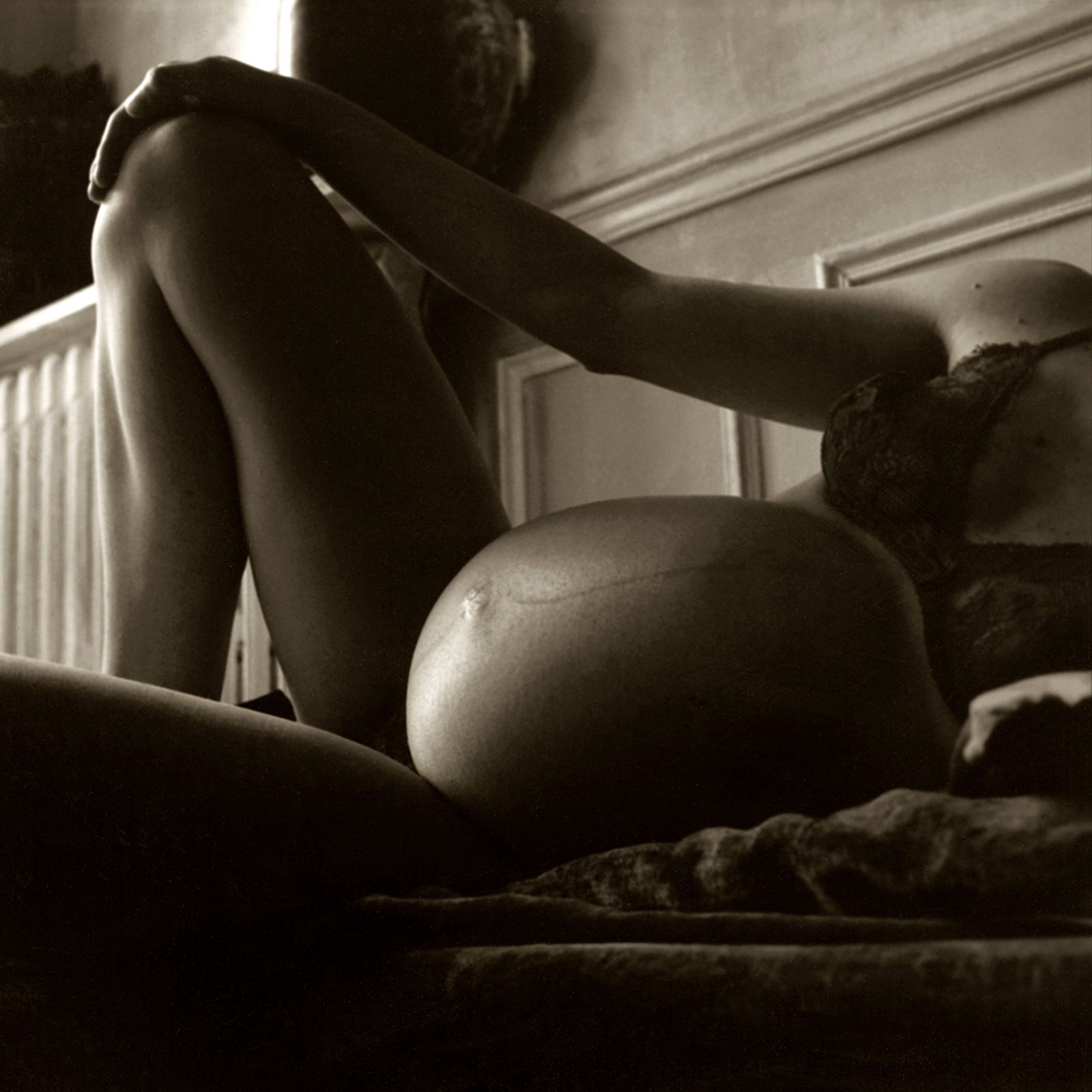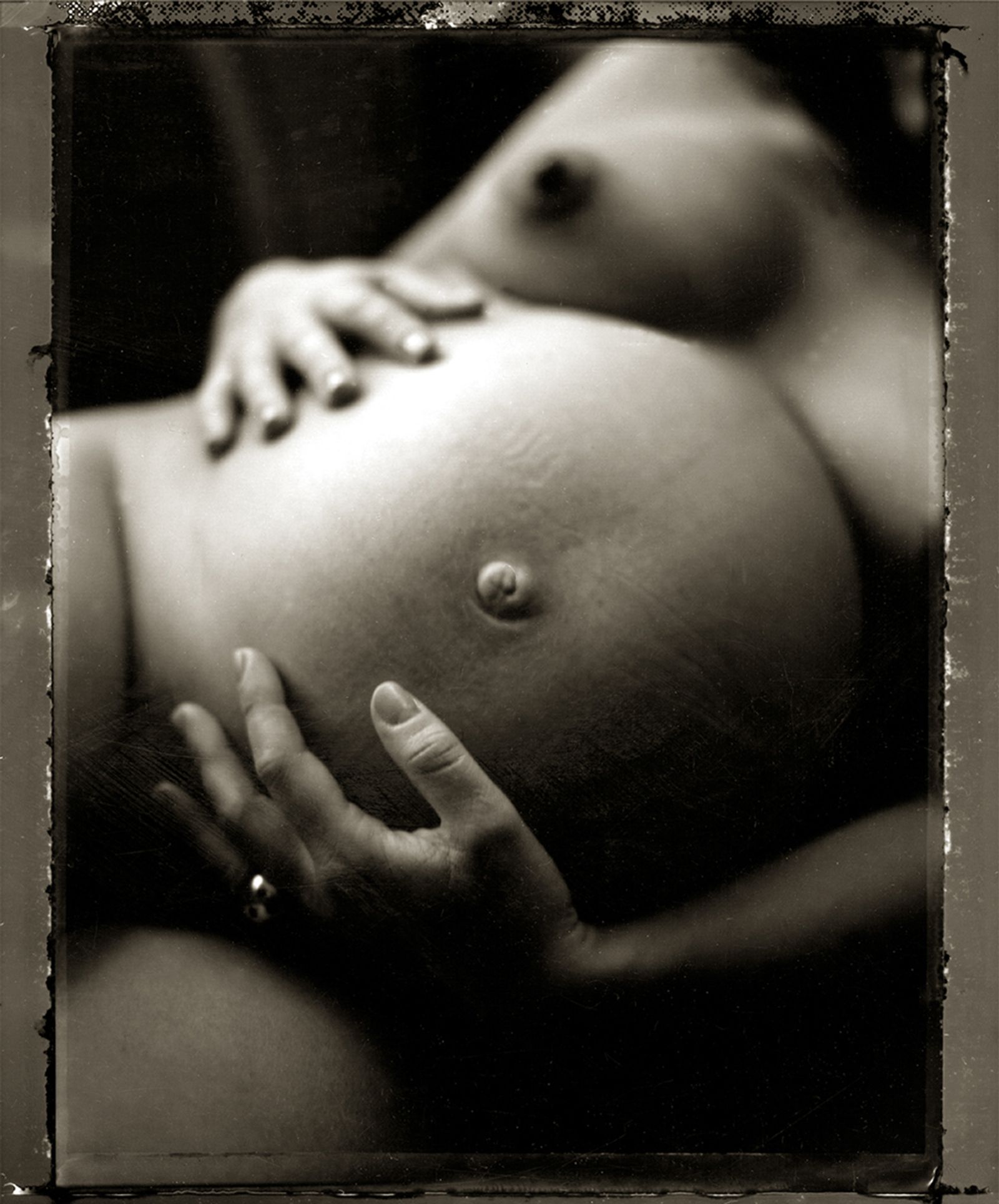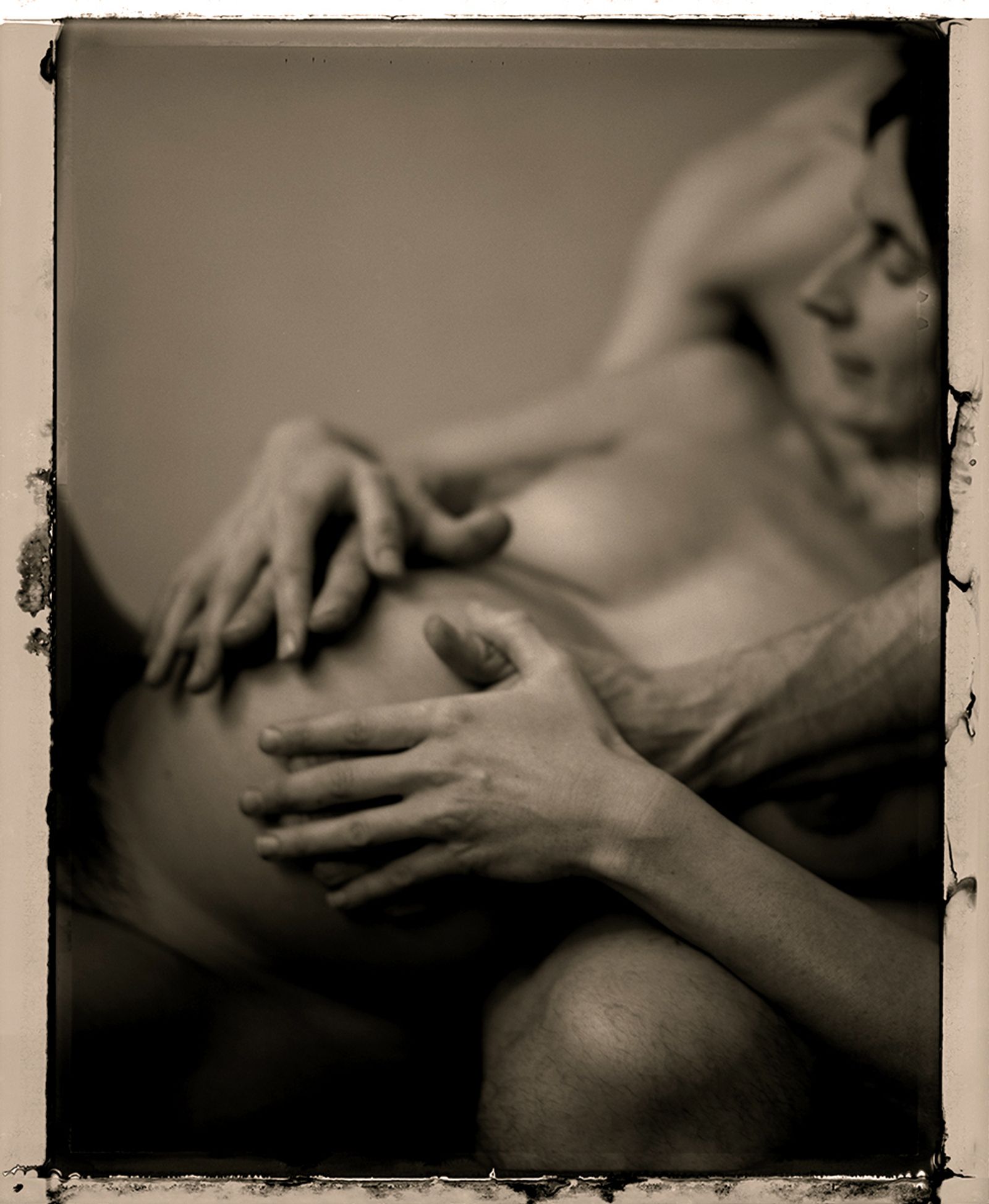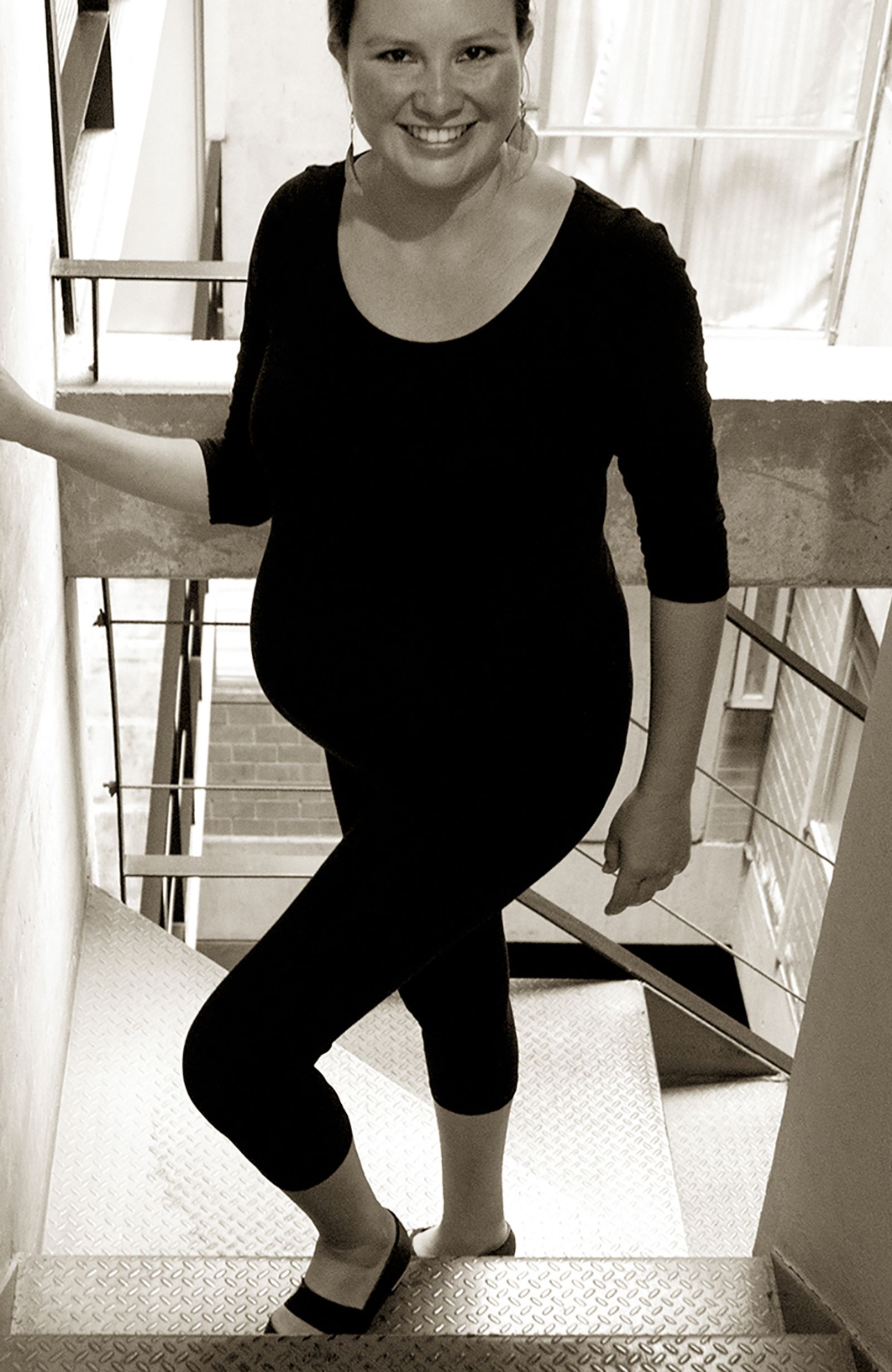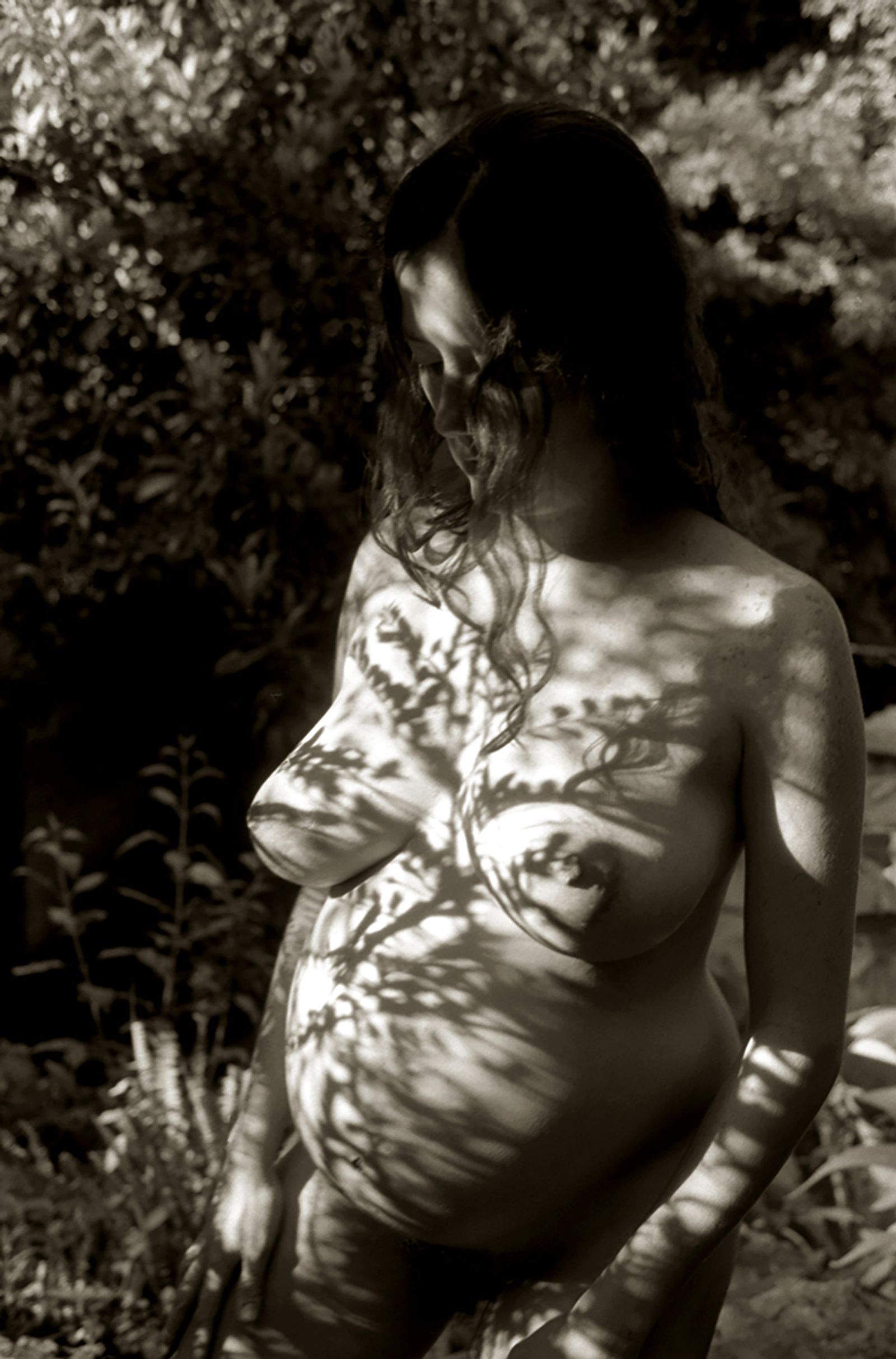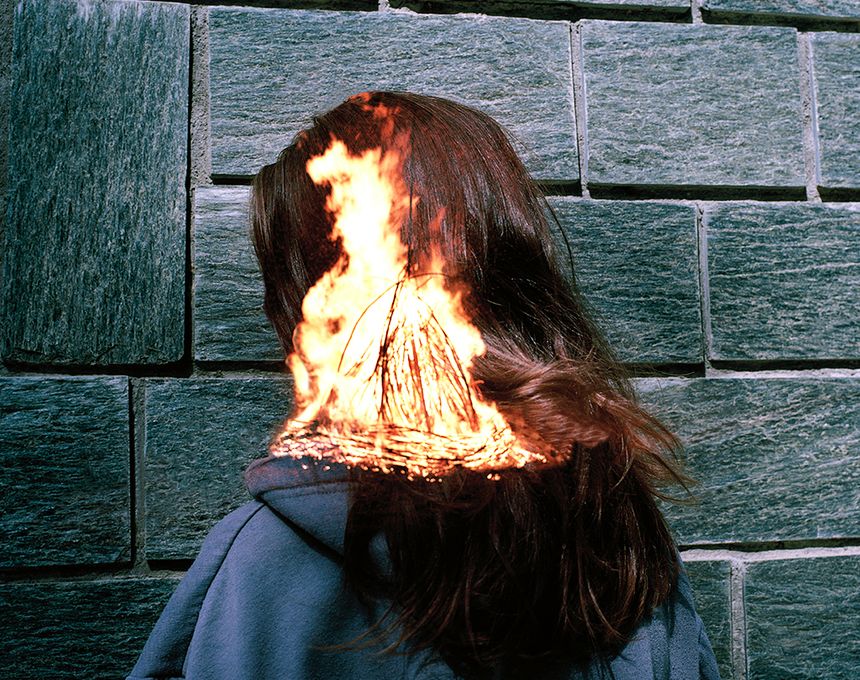Matrescence
-
Dates1986 - Ongoing
-
Author
Birth and death are the most dramatic and sacred events in our lives. Both remind us of our mortality but also of our essential animality. Nancy Huston, in her essay "Reflets dans un oeil d'homme," questions official dogma which holds that differences between the sexes are socially constructed. "We have eliminated from all Western imagery the only singularity of women compared to men. We have succeeded so well, we are not even aware of having done so. In contemporary painting, sculpture, photography, fashion shows, magazines, the Internet, there is absolutely no suggestion that feminine beauty can be associated with fertility. Thus, contemporary young mothers are made to feel guilty. In spite of the epidural, powdered milk and their responsibilities in the workplace, most continue to feel in turns overwhelmed, frightened, depressed, elated, stunned, in short, profoundly affected by this experience and they have no mirror in which to view themselves."
I was fascinated with the experience of pregnancy and simply wanted to record the state of my own body which I found most beautiful especially in the last stage. Later my friends were asking me to photograph their pregnancies and I began asking about friends of friends who wanted to pose. I continue to this day, now with my daughter's friends asking for their portraits. I wish to express the same feelings as my own toward the amazing changes a woman goes through in body and spirit; the beauty, in spite of whatever discomforts, she feels in her body that contains another one. She has been forming a new female identity and feels all powerful as if she contains the whole world and is connected to the cycle of generations, yet keeps these thoughts to herself. There is a lack of language to describe this experience when all the attention seems to be focused on the infant. Doctor Alexandra Sacks writes in "Matrescence: The Birth of a Mother" that pregnancy involves similar hormonal and identity transitions to adolescence, and yet this natural process is often silenced by shame or misdiagnosed.
At the time I started, I had only seen photographs of pregnant women as freaky or silly, never as gorgeous and in love with their bodies. Young women were just beginning to display their pregnant bellies proudly rather than hiding them under baggy "maternity clothes." When I began to show these photographs I was surprised to find they made some people, both men and women, uncomfortable. I wondered how the most natural and awe-inspiring event, the way we all got here, could be too much to face. In 1991 the Vanity Fair cover photo of a pregnant Demi Moore by Annie Leibovitz caused a scandal. Amazingly, I find this attitude continues today and probably explains why I haven't yet found a publisher in spite of receiving a great deal of praise for the series. I wish to continue photographing and to eventually publish a book with a traveling exhibition, also to organize conferences to encourage discussion and awareness about this universal yet disregarded theme.
